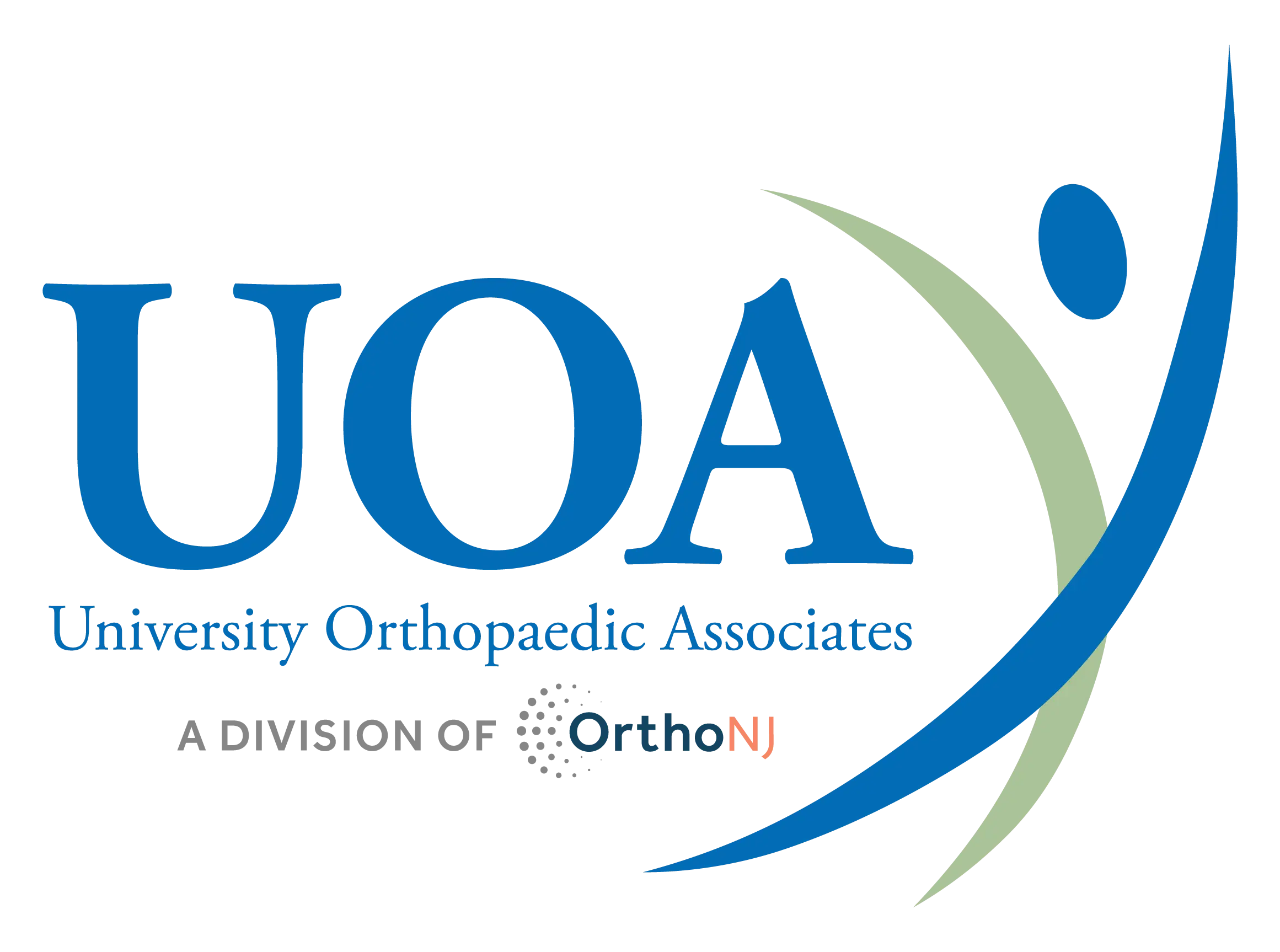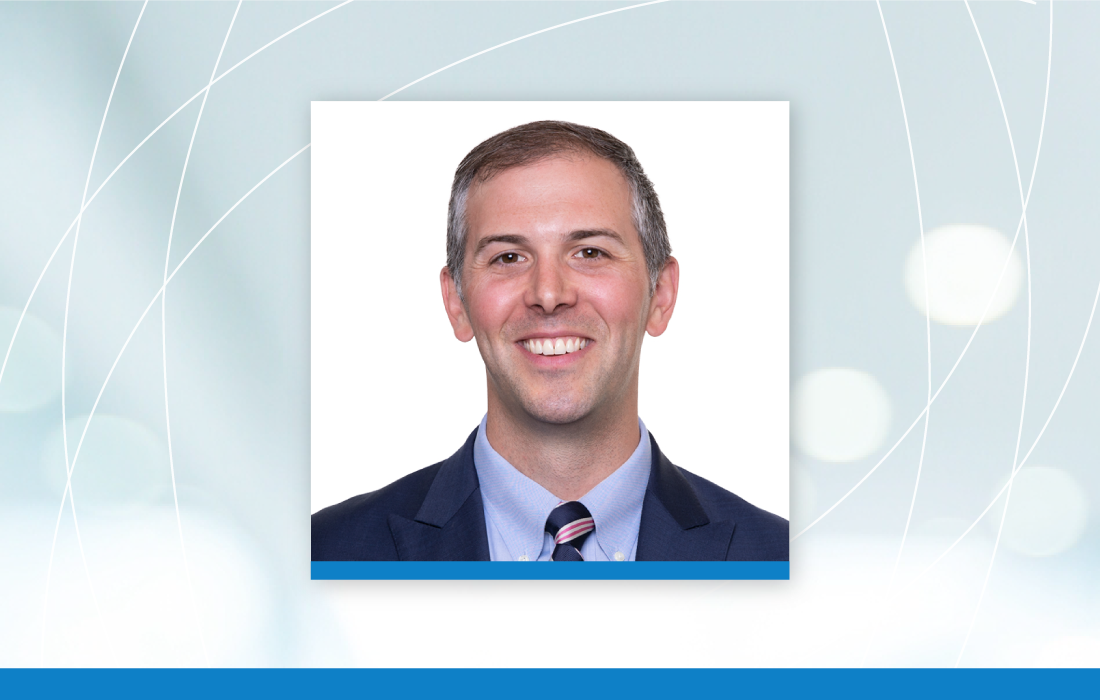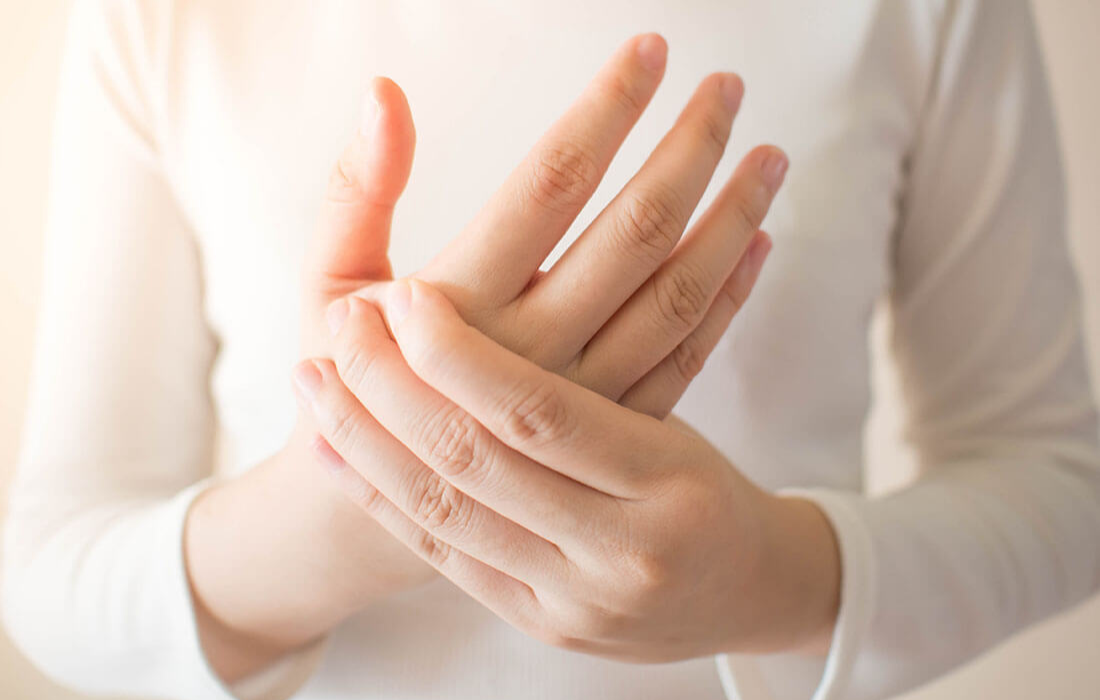Shoulder instability is a common complaint for many patients during an orthopaedic evaluation. The shoulder joint is a ball-and-socket joint, comprised of the humerus (the upper arm bone, the end of which is the shoulder’s ball) and the glenoid (a depression on the shoulder blade that acts as a socket).
What Is a Dislocated Shoulder?
When the ball “pops” out of the socket, the shoulder has dislocated. This can be a painful event and may require a medical professional to put the shoulder back into position (a process known as reduction).
The shoulder has a shallow socket and relies on structures such as the labrum, capsule and rotator cuff for stability. Any shoulder dislocation can damage these structures, making it more likely for a dislocation to happen again.
Dislocated Shoulder Causes
A shoulder dislocation is most often caused by acute traumatic events or injuries, such as:
- Car accidents
- Falls
- Sports injuries, especially during a contact sport such as football, rugby or lacrosse
Shoulder dislocations are most commonly (about 90 percent) in the anterior direction. This is where the ball can dislocate towards the front of the body.
Seizures can also result in shoulder dislocations due to muscle contractions pulling the humerus head out of the socket. Shoulder dislocations caused by seizures are most commonly “posterior,” or where the ball dislocated backwards.
Dislocated Shoulder Symptoms
Symptoms of a shoulder dislocation may include:
- Severe shoulder pain
- Visual deformity of the shoulder area
- Swelling of the shoulder
- Bruising around the shoulder joint
- Loss of range of motion
- Muscle spasms
- Numbness and/or tingling of the affected arm.
Dislocated Shoulder Diagnosis
Because of the visual aspect of a shoulder dislocation—the shoulder usually looks clearly out of place—most doctors can diagnose a dislocation with a visual inspection and medical history. X-rays can be helpful in confirming the diagnosis, the direction of dislocation, and to evaluate for an associated fracture. A magnetic resonance imaging (MRI) scan can show damage to other shoulder structures, such as the labrum, capsule or rotator cuff.
Dislocated Shoulder Treatment
Every shoulder dislocation should be promptly reduced. Once reduced, an evaluation with an orthopaedic provider can determine if there are any other structures around the shoulder that were injured.
A shoulder dislocation often can result in a torn labrum, which acts as a bumper to keep the ball centered on the socket. Research and experience on this topic strongly suggest that the chances of a second dislocation for a young athlete (less than 25 years old) is almost 100 percent.
Importantly, every subsequent dislocation carries the risk of further ligament, capsule or bony injury that can lower the success of correcting the problem and may require additional procedures to correct the shoulder instability. Repairing the labrum can help prevent further joint dislocations.
It is important to differentiate this from patients who are born with “loose joints” and have the ability to dislocate their shoulder on their own. This type of instability is called multidirectional instability and is less commonly related to a traumatic injury. This condition is best treated with a structured course of physical therapy focusing on strengthening of the shoulder blade (scapula) and rotator cuff muscles.
An older patient who sustains a shoulder dislocation and is less active has a higher chance of success with nonoperative treatment consisting of physical therapy and a gradual return to activity. Shoulder instability in an older patient population can often also involve an injury or tear of the rotator cuff. Treating a full-thickness rotator cuff tear in the acute period following a shoulder dislocation has been shown to have higher healing rates and is often recommended.
Dislocated Shoulder Recovery Time
After a dislocated shoulder is reduced, most patients will have their arm in a sling to reduce movement, which will reduce shoulder pain and allow for healing.
A physical therapy program aimed at strengthening the muscles around the shoulder is an important part of the recovery process. Most people can return to normal light activity after approximately two weeks post-reduction. People with physical jobs may need to be out of work for two to four weeks. An orthopaedic shoulder specialist can help the patient determine when physical activities and sports can resume and whether surgery is recommended to address your shoulder instability.
If you have dislocated your shoulder, or suspect you have a labral tear, you should be evaluated by an orthopaedic surgeon specializing in shoulder evaluation and management. At University Orthopaedic Associates, we have fellowship trained shoulder surgeons who can discuss your shoulder problems and recommend the best treatment to return you to full activities. Request an appointment today.




